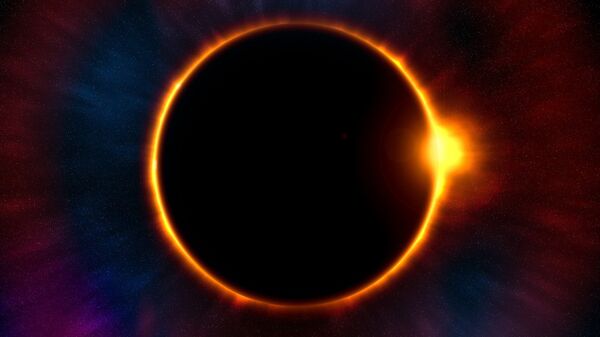Making use of the data collected from satellite Proba-2, the European Space Agency (ESA) managed to bring together separate photography pieces and reconstruct a view of the Sun’s North Pole. Although the image the agency finally arrived at through a bit of camera trickery is merely an approximation, it shows even minor imperfections, or “patchwork,” as the staffers put it.
"While the poles cannot be seen directly, when spacecraft observe the solar atmosphere they gather data on everything along their line of sight, also viewing the atmosphere extending around the disc of the Sun”, the ESA explained, adding that scientists can further exploit the data “to infer the appearance of the polar regions”, according to The Science Alert.
The Sun's Turbulent North Pole Looks Like a Spooky Vortex in This Composite Image https://t.co/vC88Pw6fHS pic.twitter.com/R2SClLA8dw
— Live Science (@LiveScience) 4 декабря 2018 г.
ESA took strips from the edge of the Sun, keeping track of its atmosphere in the northern hemisphere, brought them together, and laid them flat to present a probable view from above. Throughout the rotation in the Solar System, more such images were taken, thereby adding to the overall picture.
Despite an abundance of missions sent into space to explore the Sun, we are still largely in the dark about its polar regions, as most of those focused on the equatorial part of the star, moving along the ecliptic plane.
The Ulysses, a joint venture conducted by NASA and ESA in 2009, aimed at specifically studying the Sun’s northern and southern parts, but did not boast advanced imaging equipment at the time. However, the prospects for taking sufficient imagery look bright in the near future, as a special mission to this end, named Solar Orbiter, is due to be launched by the ESA for the first time in history in 2020.
READ MORE: Blanket-Wearing Golden Retriever Glad to See the Sun Come Out
For now, the build-up of the images of the solar poles based on the data gleaned by Ulysses is considered crucially important, since they shed light on the dynamics of solar phenomena at the poles, such as coronal holes, Alfvén and Rossby waves in the Sun’s magnetic fields, which greatly affect our well-being here on Earth.


